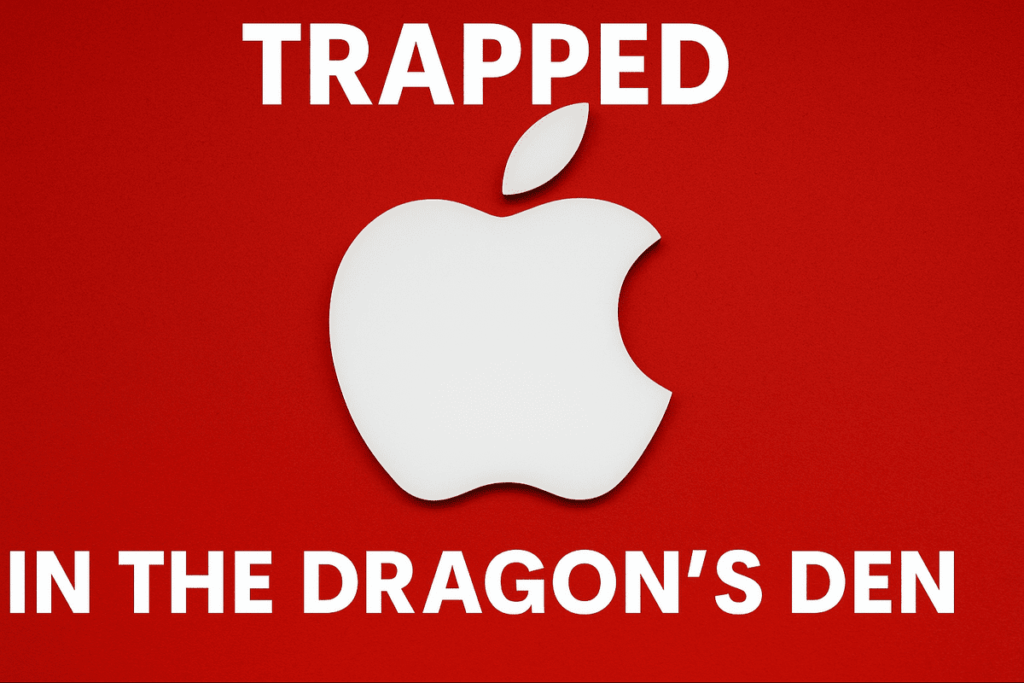Apple Inc., based in Cupertino, California, has grown into a $3 trillion tech giant, largely due to its dependence on China for manufacturing and sales. This reliance, however, is now under pressure from the United States’ tariff strategies, prompting the company to diversify operations to countries like India and Vietnam. The transition, while strategic, is expected to be slow and costly.
Apple Inc., headquartered in Cupertino, California, owes much of its meteoric rise to becoming a $3 trillion company to its manufacturing and sales network in China. But now, with ongoing tariff pressures from the United States, the tech giant is being forced to rethink its long-standing supply chain strategy.
The story of Apple’s dependency on China dates back to the late 1990s when Taiwanese businessman Terry Gou, founder of Hon Hai Precision Industry (commonly known as Foxconn), began building massive electronics manufacturing hubs in mainland China. Apple initially outsourced its iMac production to Foxconn in 1999, followed by the iPod, gradually embedding itself within China’s rapidly growing export ecosystem.
Unlike other multinationals that opted for joint ventures, Apple went a step further — it helped Chinese firms scale by transferring technology and skills, enabling them to manufacture devices to Apple’s high standards. This model not only boosted local employment — with Apple CEO Tim Cook claiming 5 million jobs were created in China — but also led to the rise of competitors such as Huawei and Xiaomi.
In recent years, however, Apple’s Chinese operations have faced increasing pressure. Donald Trump’s administration imposed a series of tariffs aimed at Chinese goods, placing tech companies like Apple in a difficult position. Although smartphones have been exempt from many duties, the broader uncertainty has pushed Apple to diversify.
Tim Cook has responded by shifting portions of Apple’s supply chain to India and Vietnam, while also pledging $500 billion in US investments. Yet, the transition is expected to be neither fast nor cheap. Manufacturing in the US could raise production costs up to threefold, while sourcing from India may attract tariffs of around 10%.
Still, China remains crucial to Apple’s bottom line. Nearly 17% of its global sales come from the Chinese market, and by 2027, the company is projected to sell products worth $77 billion across mainland China, Hong Kong, Taiwan, and Macau.
Apple’s long-standing integration with China — both as a manufacturing hub and a consumer market — has fueled its ascent. But as geopolitical dynamics shift, so too must Apple’s strategy, even if it comes at a considerable cost.
